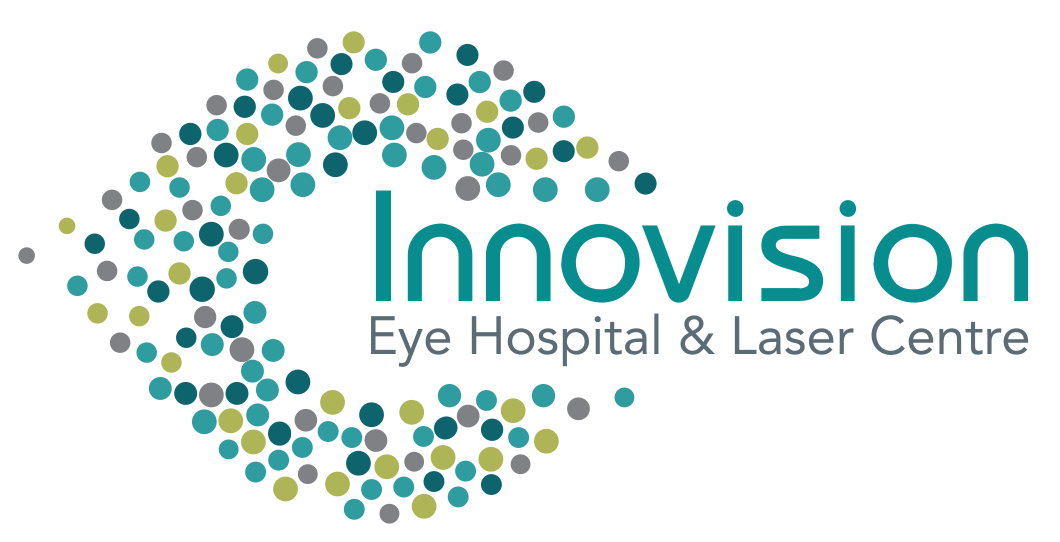


Finest specialists for your Retina and Vitreous Services.
What is a Retina?
The retina is a thin layer of tissue that lines the back of the eye on the inside. It is located near the optic nerve. The purpose of the retina is to receive light that the lens has focused, convert the light into neural signals, and send these signals on to the brain for visual recognition.
The retina processes light through a layer of photoreceptor cells. These are essentially light-sensitive cells, responsible for detecting qualities such as color and light-intensity. The retina processes the information gathered by the photoreceptor cells and sends this information to the brain via the optic nerve. Basically, the retina processes a picture from the focused light, and the brain is left to decide what the picture is.
Due to the retina’s vital role in vision, damage to it can cause permanent blindness. Conditions such as retinal detachment, where the retina is abnormally detached from its usual position, can prevent the retina from receiving or processing light. This prevents the brain from receiving this information, thus leading to blindness.
Diabetic Retinopathy
Diabetic retinopathy, also known as diabetic eye disease (DED) is a medical condition in which damage occurs to the retina due to diabetes mellitus. It is a leading cause of curable blindness.
Diabetic retinopathy affects up to 80 percent of those who have had diabetes for 20 years or more.At least 90% of new cases could be reduced with proper treatment and monitoring of the eyes. The longer a person has diabetes, the higher his or her chances of developing diabetic retinopathy.
Risk Factors
All people with diabetes are at risk – those with Type I diabetes and those with Type II diabetes. The longer a person has had diabetes, the higher their risk of developing some ocular problem.
Pregnancy might exacerbate the condition and hence it is recommended to have a through eye examination if a diabetic female is pregnant.


Retinal Detachment
Retinal detachment describes an emergency situation in which a thin layer of tissue (the retina) at the back of the eye pulls away from its normal position.
Retinal detachment separates the retinal cells from the layer of blood vessels that provides oxygen and nourishment. The longer retinal detachment goes untreated, the greater your risk of permanent vision loss in the affected eye.
Warning signs of retinal detachment may include one or all of the following: the sudden appearance of floaters and flashes and reduced vision. Contacting an eye specialist (ophthalmologist) right away can help save your vision.

Retinal Detachment Treatment
Your treatment may involve one or more of these procedures:
Why Choose Innovision Eye Hospital?







